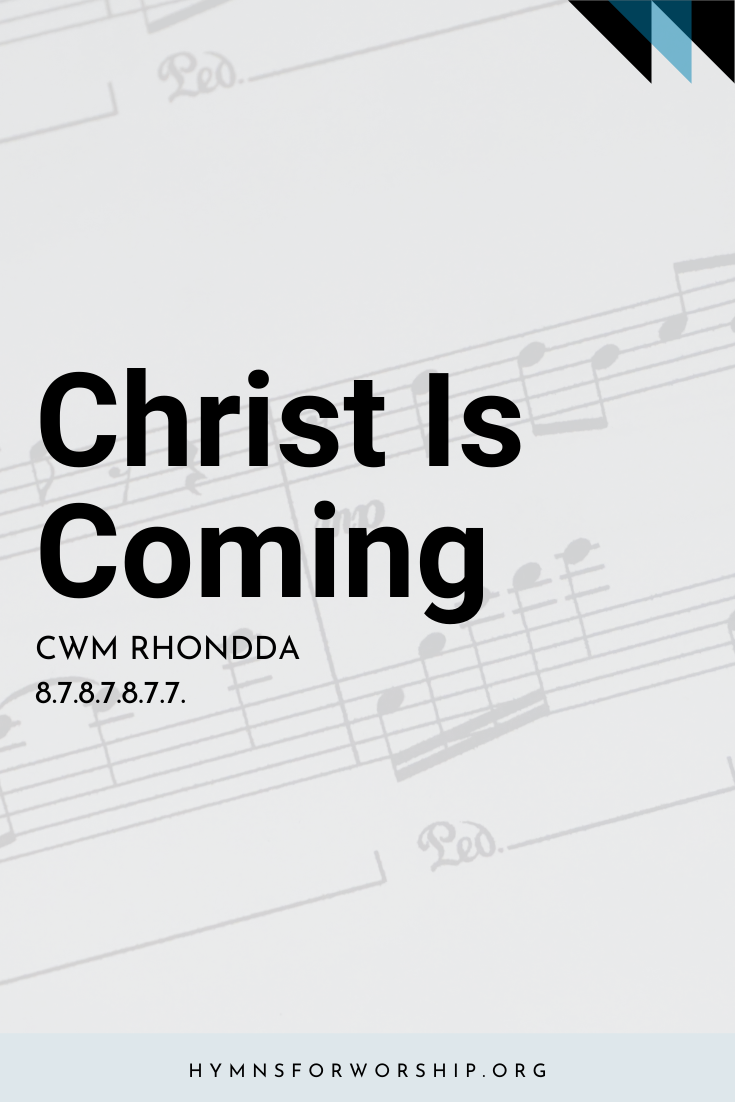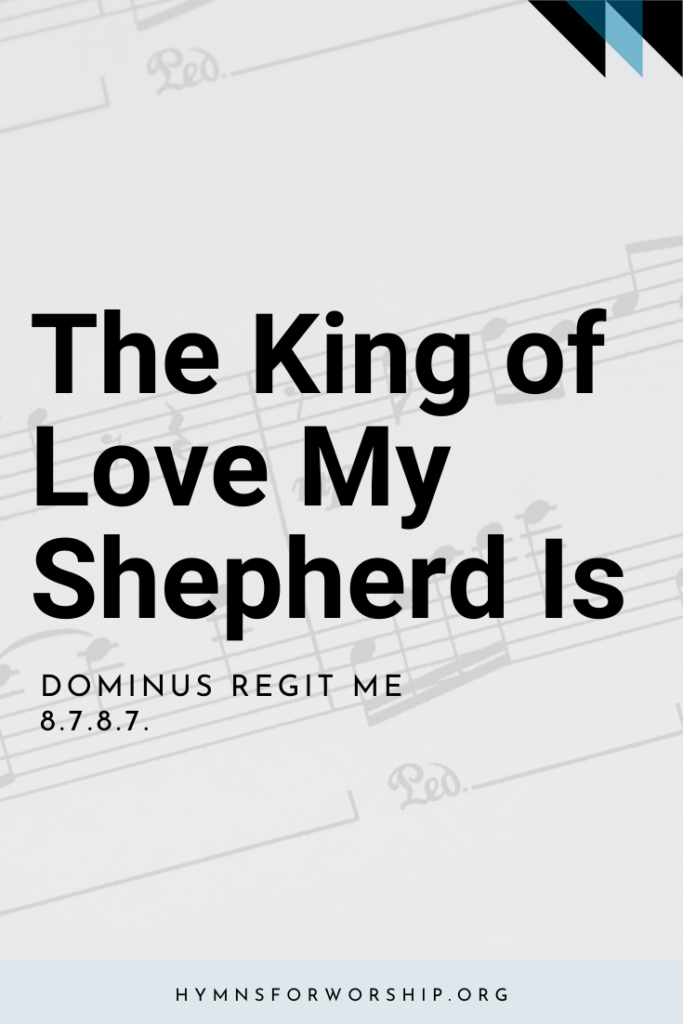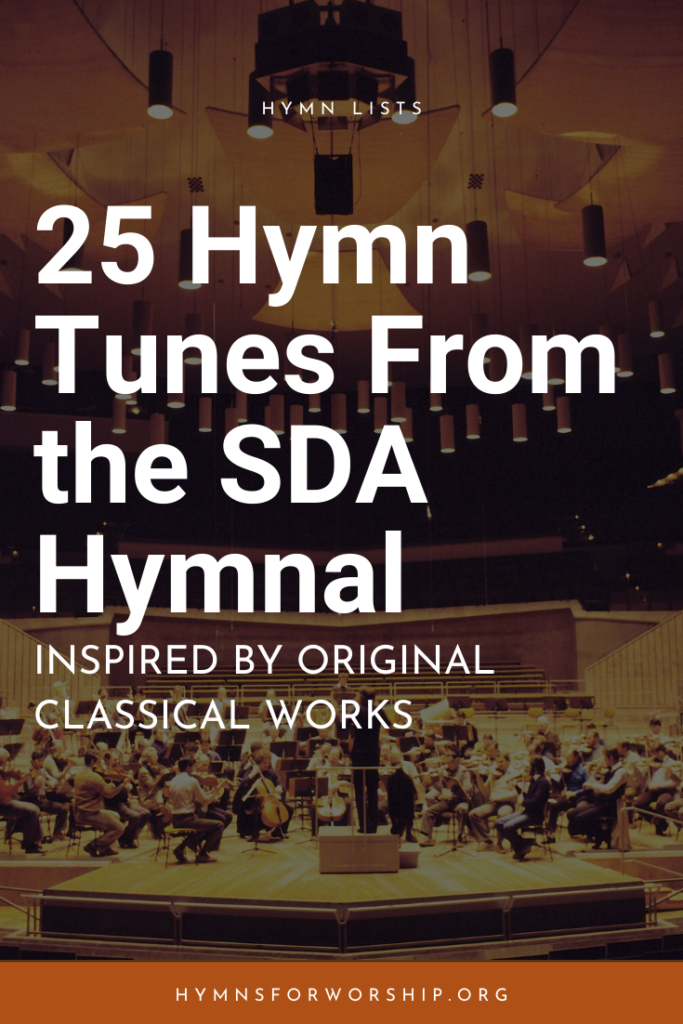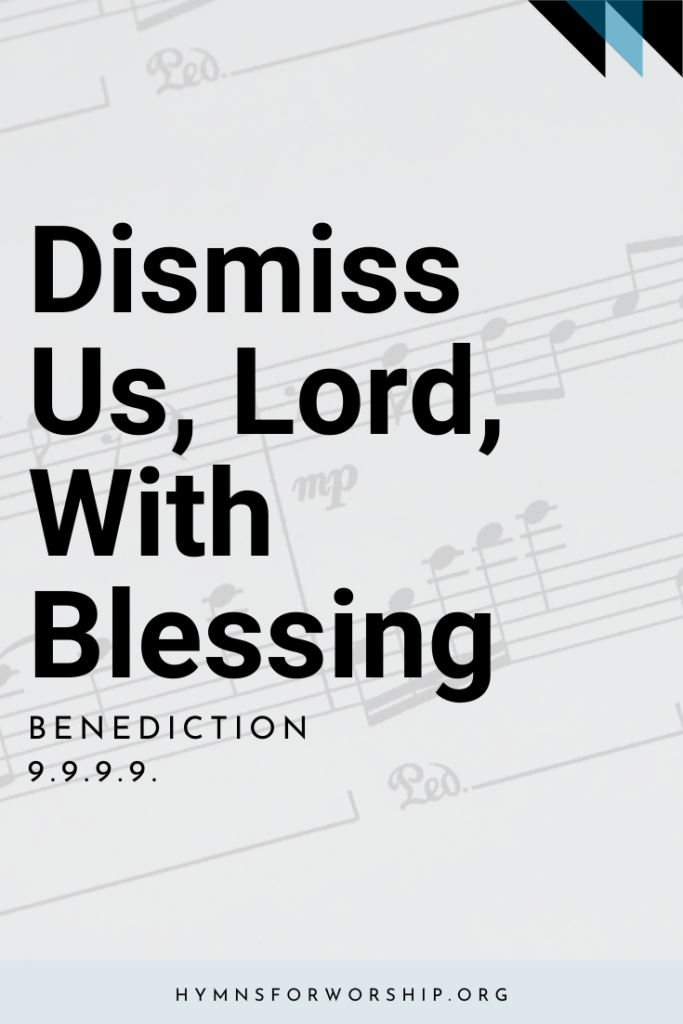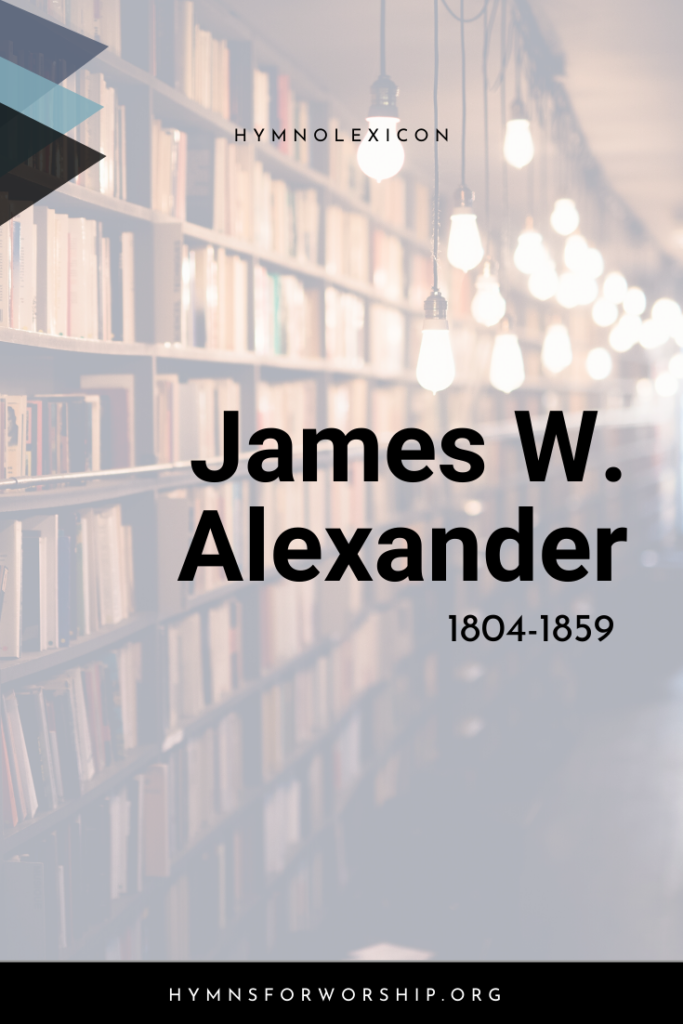JESUS CHRIST >> SECOND ADVENT
SDAH 201
Christ is coming! let creation
Bid her groans and travail cease;
Let the glorious proclamation
Hope restore and faith increase;
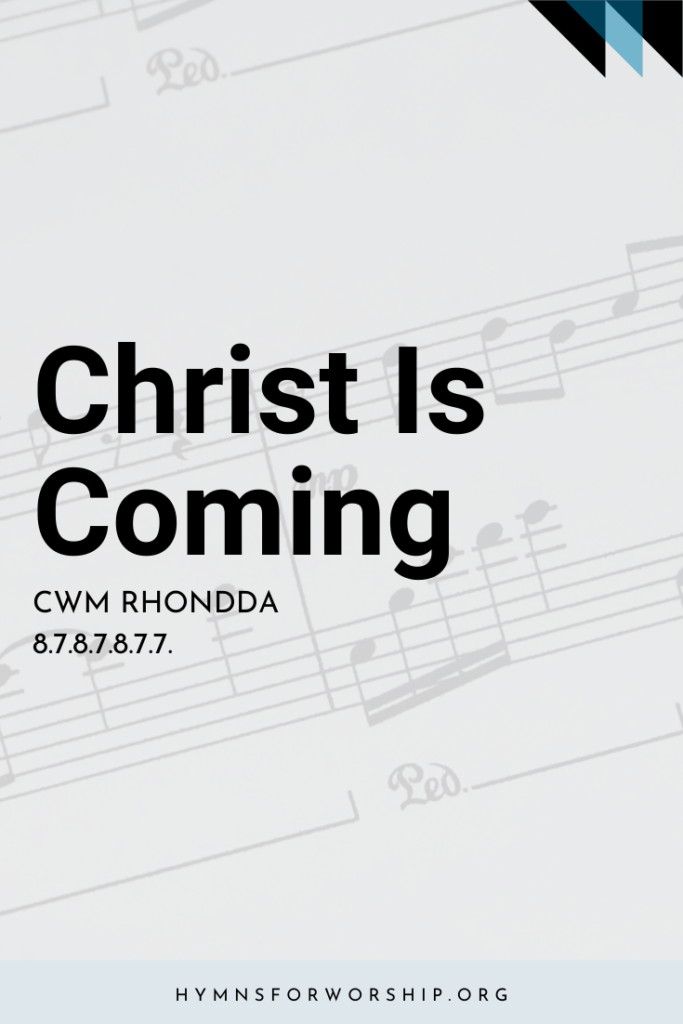

Text
1
Christ is coming! let creation
Bid her groans and travail cease;
Let the glorious proclamation
Hope restore and faith increase;
Christ is coming! Christ is coming!
Come, Thou blessed Prince of Peace!
(Prince of Peace!)
Come, Thou blessed Prince of Peace!
2
Earth can now but tell the story
Of Thy bitter cross and pain;
She shall yet behold Thy glory
When Thou comest back to reign;
Christ is coming! Christ is coming!
Let each heart repeat the strain.
(repeat the strain)
Let each heart repeat the strain.
3
With that “blessed hope” before us,
Let no harp remain unstrung;
Let the mighty advent chorus
Onward roll from tongue to tongue:
Christ is coming! Christ is coming!
Come, Lord Jesus, quickly come!
(quickly come!)
Come, Lord Jesus, quickly come!

Hymn Info
Biblical Reference
(a) Rev 22:20; Rom 8:22, Isa 9:6 (b) Matt 26:27 (c) Tit 2:13
Author
John R. MacDuff (1818-1895)
Hymn Tune
CWM RHONDDA
Metrical Number
8.7.8.7.8.7.7.
Composer
John Hughes (1873-1932)
Alternate Tune
BRYN CALFARIA SDAH 165; Lower key SDAH 538
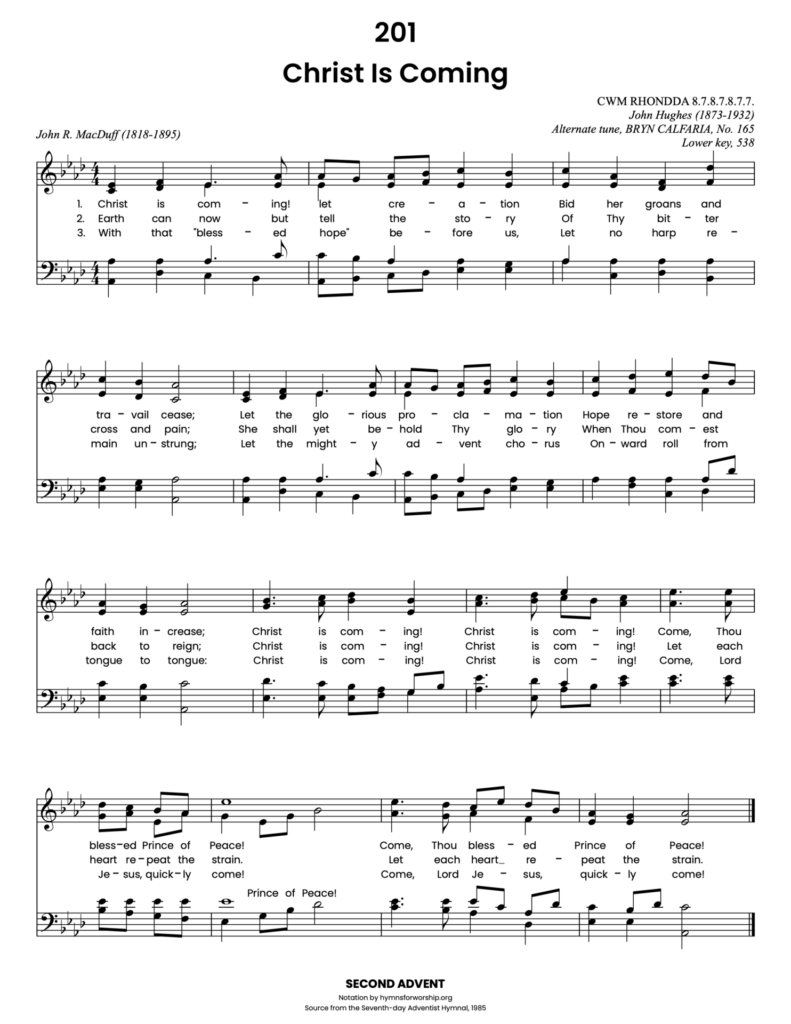
Get the hymn sheet in other keys here
Recommended Reading
The name Adventist was born out of the belief that Christ is coming soon, literally. Hence, it is not really a surprise when Seventh-day Adventists sing hymns that feature just that.
However, this belief is not privy to Adventists alone. Many other denominations believed it and sang it. And in the case of Presbyterian minister, John R. MacDuff he wrote about it, calling it “the blessed hope”, a terminology common among Adventists.

Notes
Make each hymn more meaningful with these helpful tools: Short, ready-to-use hymn introductions for church bulletins, multiple ways to introduce a hymn based on your worship theme and in-depth history and insights to enrich your song service.

